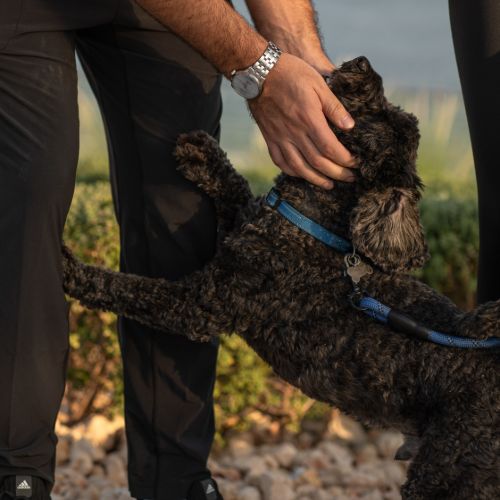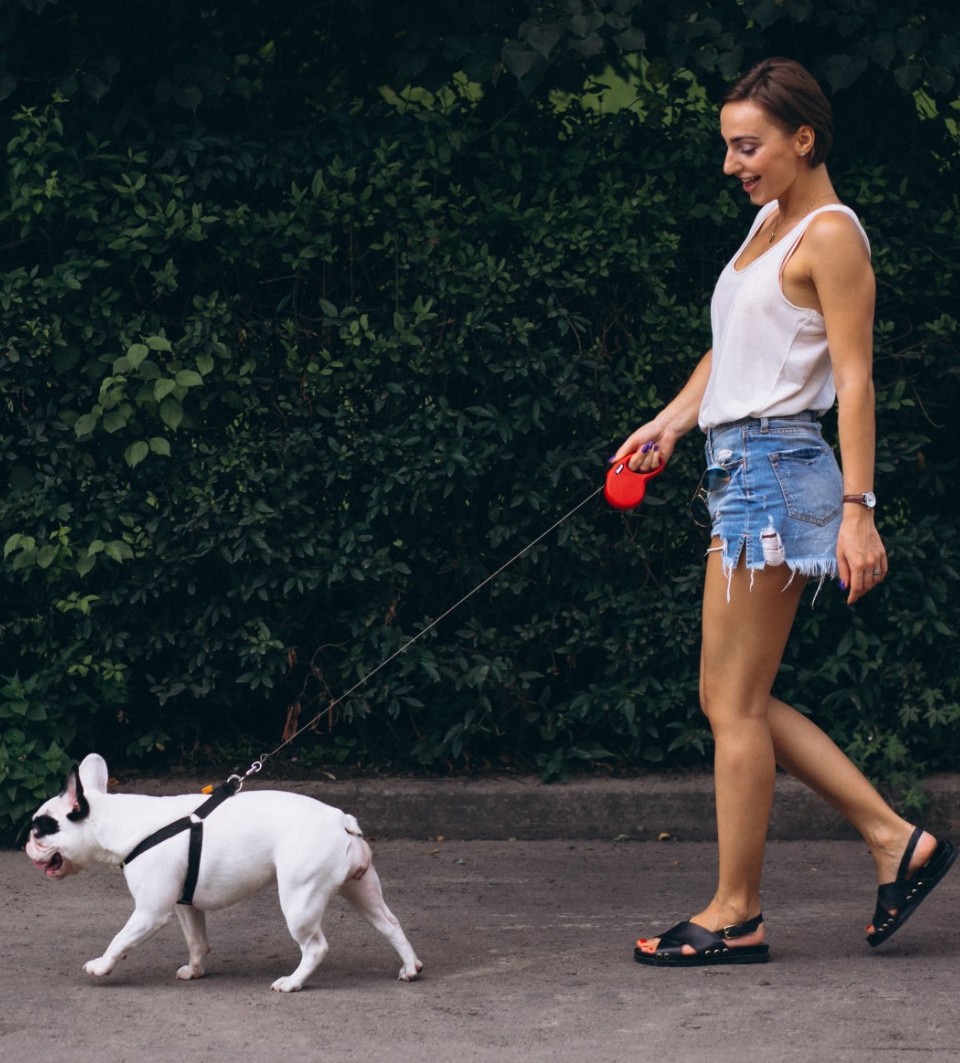
26 February 2025
|PetBae
Petting and dogs: a forever loving relationship
Dogs love being petted, and if your pup eagerly nudges your hand or curls up in your lap, they’re telling you just how much they enjoy it. But have you ever wondered why petting feels so good to them? Petting isn’t just about physical comfort—it’s a way for dogs to connect with their humans and ease stress. As naturally social animals, dogs seek out physical touch as part of their bonding process, much like they do with other dogs. That’s why a belly rub, ear scratch, or a gentle pat can be just as rewarding for them as it is for you.
Dogs experience a range of biological, emotional, and social benefits from petting. Research suggests that gentle strokes activate hair follicles in a way that feels soothing to dogs. This is why many dogs lean into a petting session and seem completely at ease when you scratch their favorite spots. From birth, puppies experience touch through their mother’s licking, snuggling with littermates, and human handling. Over time, they associate petting with comfort, warmth, and affection, reinforcing their love for it as they grow. Petting isn’t just enjoyable—it helps deepen the emotional connection between you and your dog. Studies show that when dogs are petted, their brains release oxytocin, also known as the “love hormone,” which enhances their sense of security and trust. Physical touch has been shown to lower cortisol levels (the stress hormone) in dogs. If your pup seeks out a cuddle during a thunderstorm or a stressful situation, they’re instinctively using petting as a calming mechanism. In the wild, wolves and other social animals groom each other to maintain hygiene and reinforce social bonds. While you’re not licking your dog like another canine would, petting mimics that soothing sensation and can be deeply comforting.
Petting isn’t just beneficial for dogs—it’s good for us, too! Studies show that interacting with dogs can reduce stress, lower blood pressure, and increase the release of dopamine and serotonin, which promote happiness and relaxation. This explains why therapy and emotional support dogs are so effective at providing comfort. Beyond the science, petting a dog fulfills a deep emotional need. Both dogs and humans are social creatures, and the act of touching strengthens our connection with them. Many people also find the rhythmic motion of petting naturally soothing, similar to the effects of a massage.
Not all petting is created equal! Some dogs love gentle strokes, while others enjoy firmer pats. It’s important to pay attention to your dog’s body language to determine their preferences. A happy dog will often lean into the petting, wag their tail, and have a relaxed expression. Some dogs even love what’s known as “aggressive petting,” which includes enthusiastic head rubs or firm pats on their back or sides. For these dogs, deep pressure may feel playful or comforting, much like how weighted blankets provide security for some humans. Even the most affectionate dogs have limits. If your dog turns their head away, moves your hand with their paw, walks away, or starts showing signs of irritation (like growling or snapping), they may be signaling that they’ve had enough. It’s always important to respect their boundaries and let them decide when they want attention.
Petting is one of the most natural ways to bond with your dog and provide them with comfort. Whether it’s a gentle stroke, a belly rub, or an ear scratch, your touch can make your pup feel safe, loved, and connected to you. Paying attention to their cues and preferences ensures that petting remains an enjoyable experience for both of you. Want more pet care tips? Stay tuned for expert advice on building a stronger bond with your furry friend!











